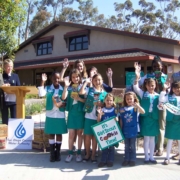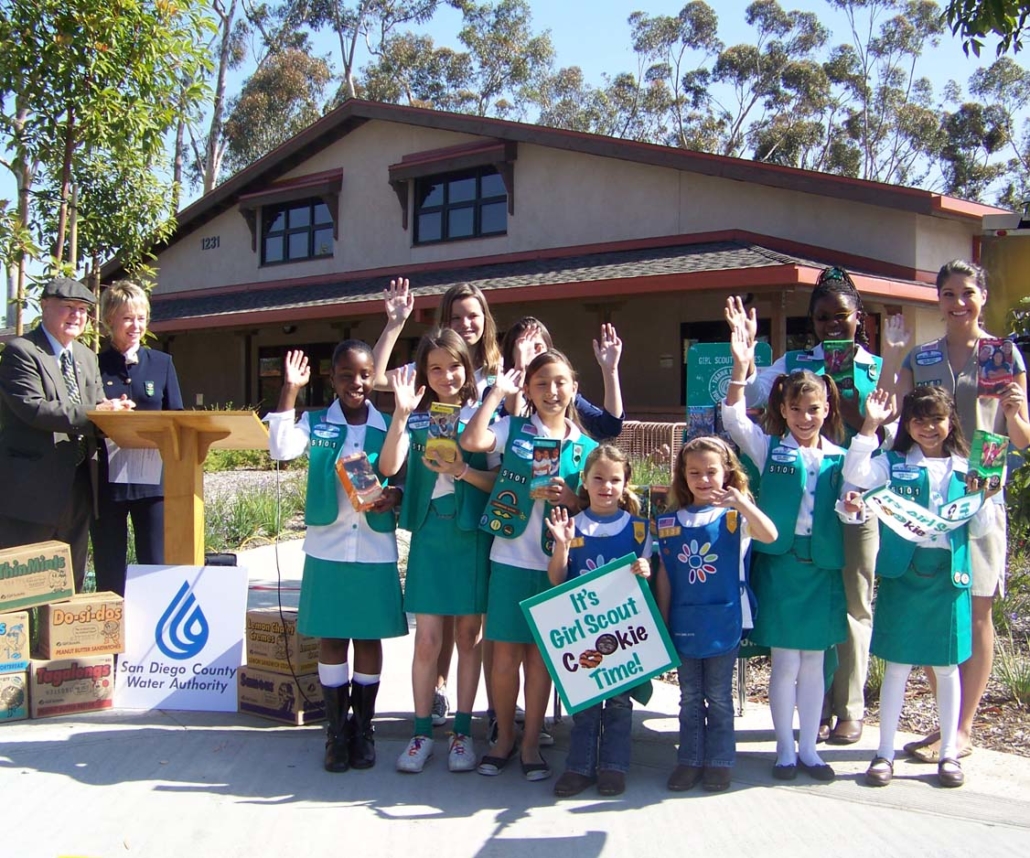Input Sought On The Future Of California’s Water Use
The California State Board of Food and Agriculture is hosting a series of public forums to allow farmers, ranchers and other stakeholders opportunities to provide input on the California’s Water Future. A meeting is set for 1-3:30 p.m. Tuesday, Aug. 6 at the Sheraton Redding Hotel at the Sundial Bridge, 820 Sundial Bridge Drive in Redding. State agencies are asking Californians to help shape a road map for meeting future water needs and ensuring environmental and economic resilience through the 21st century.





